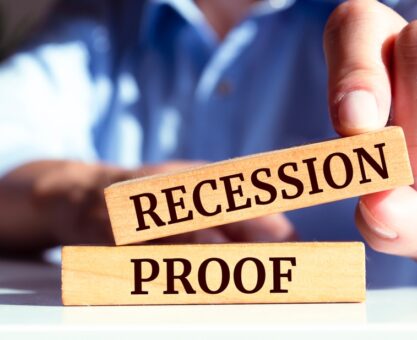At what age does the countdown to retirement really begin? Since the IRS allows you to start making Catch-Up Contributions to your TSP at age 50, your half-century birthday is a good time to start if you haven’t already.
Though retirement may seem far away when you have over 10 years to go, failing to plan for your golden years can put you in financial jeopardy. Let’s start with the beginning steps in the process.
Start Calculating How Much Retirement Income You’ll Need
It’s simple, really – you don’t know if you’re saving enough for retirement if you have no idea how much you’ll need to live comfortably when you’re no longer working. Until you take the time to crunch the numbers, at best you’re winging it.
You may have heard you’ll need an estimated 80% of your current income to maintain your lifestyle in retirement. However, that rule of thumb may not apply if you enter retirement with significant consumer debt like credit cards, car loans and student loans.
Add to this, you need to factor in realities like inflation, the rising cost of healthcare, a severe stock market correction, a hike in federal income taxes, or, worse, an unexpected health crisis that forces you to retire earlier than expected.
“Then again, when you start withdrawing tax-deferred funds from your traditional TSP, Uncle Sam will want his cut.”
Put Together A Tax Plan For Retirement
You simply can’t assume you’ll be in a lower tax bracket once you retire from your federal career. All of those tax-deferred dollars you’ve contributed to your traditional Thrift Savings Plan (TSP) have helped lower your federal tax rate during your working years.
Then again, when you start withdrawing tax-deferred funds from your traditional TSP, Uncle Sam will want his cut. As a FERS participant, you’ll also need to pay income taxes on your pension (annuity) and Social Security benefit.
Other Components Of A Federal Retirement Plan
There are other decisions you need to make when navigating the ins and outs of planning for your federal retirement:
- Continuing FEHB and FEDVIP after you separate from service.
- Deciding whether or not to keep your FEGLI coverage.
- Making a decision on when to “turn on” your Social Security benefits.
- Managing your TSP investments and distributions in retirement.
- Protecting yourself against the high-cost of long-term care in a facility.
And this is just the beginning of the process. Don’t let procrastination put your golden years at risk. Start working with an FRC® trained advisor who fully understands your federal benefits. Together, you can develop a strategic plan that provides you with a financially-secure retirement.

























